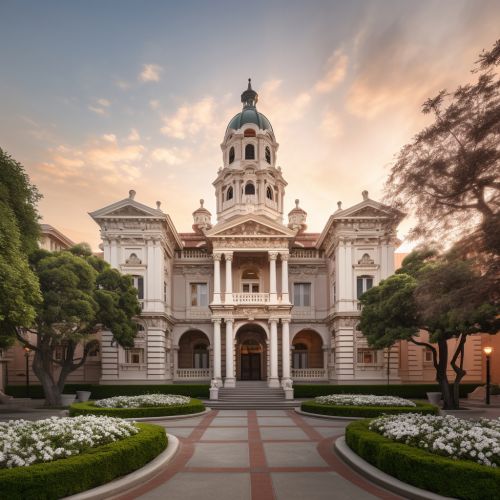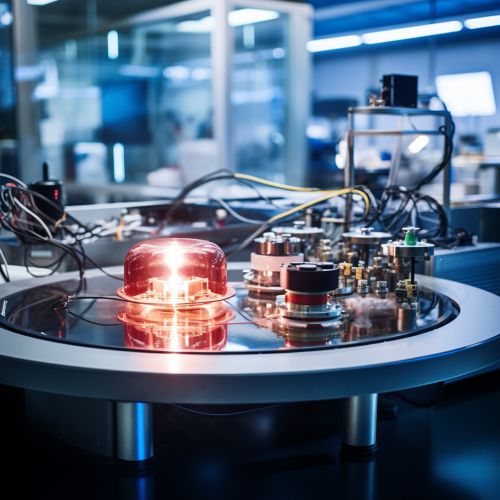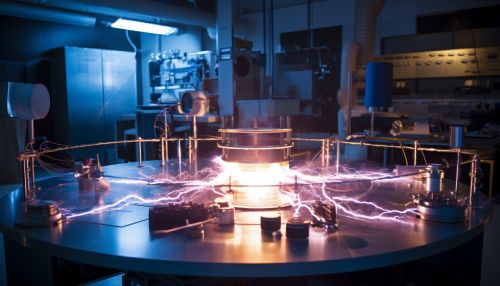Heike Kamerlingh Onnes
Early Life and Education
Heike Kamerlingh Onnes was born on September 21, 1853, in Groningen, Netherlands. He was the eldest of three children. His father, Harm Kamerlingh Onnes, was a brickworks owner, and his mother was Anna Gerdina Coers of Arnhem.
In 1870, Onnes attended the University of Groningen. He was a student of the physicist Rudolf Clausius and chemist Hermann von Helmholtz. In 1871, he enrolled at the Polytechnic Institute in Zurich, where he studied under the tutelage of August Kundt.


Career and Research
Onnes graduated in 1879 with a doctorate in experimental physics. His thesis was on the "Nieuwe bewijzen voor de aswenteling der aarde" (new proofs of the rotation of the earth). After his graduation, he spent three years in the laboratory of Robert Bunsen at the University of Heidelberg. In 1882, he returned to the Netherlands where he became a professor of experimental physics at the University of Leiden.
In 1908, Onnes achieved the feat of liquefying helium, for which he was awarded the Nobel Prize in Physics in 1913. This accomplishment enabled him to study the properties of materials at extremely low temperatures.
Discoveries and Contributions
Onnes' most significant contribution to science was the discovery of superconductivity. In 1911, while studying the resistance of solid mercury at cryogenic temperatures using the recently liquefied helium as a refrigerant, he observed that the resistance abruptly disappeared at a temperature of about 4.2 K. This phenomenon, later termed as 'superconductivity', has had a profound impact on theoretical and experimental physics.


Later Life and Legacy
Onnes continued to serve as a professor at the University of Leiden until his retirement in 1923. He died on February 21, 1926, in Leiden at the age of 72. His work on low-temperature physics has paved the way for many modern scientific and technological advancements.
